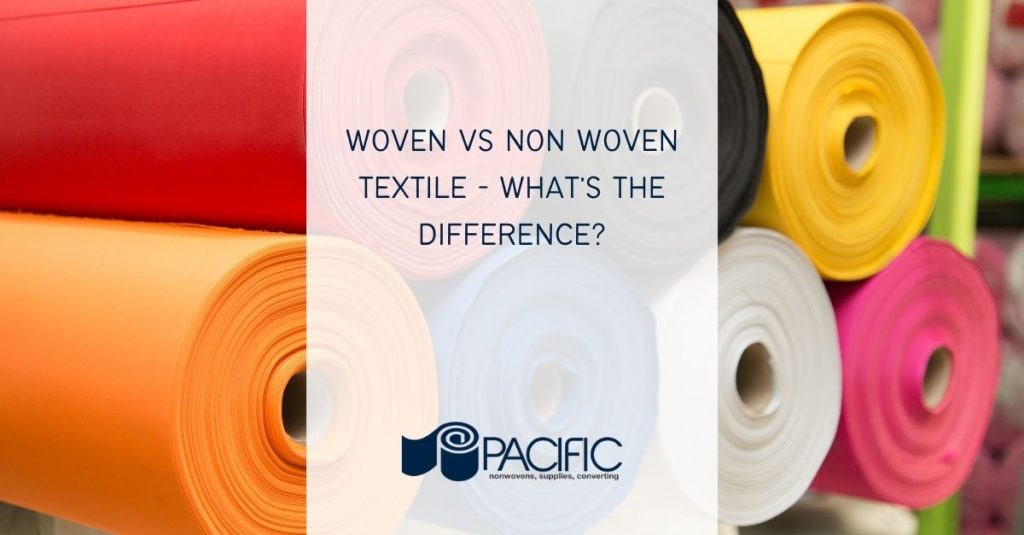When it comes to textile manufacturing, there are two major categories in which these are divided: you can have a woven or a non-woven textile. The difference might seem pretty self-explanatory from the name, but there’s a lot to what exactly is different about these.
The Difference Between a Woven and Non-Woven Textile
Woven textiles are created by weaving fibers, such as silk, together to form a piece, be it a shirt, a blanket, or a rag. On the other hand, non-woven fabrics are made from synthetic fibers derived from plastics, such as polyester or nylon. These fabrics are, in these cases, unable to be woven together, which is why they have to be pressed together mechanically on a conveyor belt. This is not necessarily a problem. A non-woven textile can be a very useful piece of fabric, especially when it comes to industrial uses. Non-woven fabrics will be very useful in a variety of different contexts, so it will ultimately all depend on the needs.
Durability and Resistance
Non-woven fabrics are thus made through long fibers that have been bonded together using heat, chemicals, or mechanical treatment. The fact that there is no weaving or manual construction involved means that they can be made to be a lot more resistant than traditional textiles. Properties such as liquid repellence, thermal insulation, stretch, and even bacterial barriers. What makes regular surgical masks so protective right now? Well, they are made of non-woven materials. While in most cases the ability for reinforcement by crossing thread will make woven materials stronger and more durable, it will be the non-woven quality that allows you to give specific properties to the fabric and make better use of them.
Uses of Non-Woven Fabric
Non-woven fabrics will come in handy in a wide variety of situations and fields. As previously hinted at, they are vital to the production of medical protective equipment, such as surgical masks, scrub suits, gowns, and wound dressing. However, they are also used in many other areas, such as in geotextiles for road underlayment and soil stabilizers, in feminine hygienic products, in diaper stock, and all sorts of filtration systems. The different properties that can be incorporated into these fabrics will allow for them to be used in all sorts of circumstances. Despite the loss in strength when compared to certain woven materials, a non-woven textile can be more adaptable to specific uses.
Non-Woven Fabrics and More
If you need non-woven textiles, you will need a good provider that understands your needs and can deliver products that you can make the best of. The pros at Pacific Upholstery Supply take pride in providing customers with the best non-woven textiles in Los Angeles, as well as plenty of other supplies. If you are interested in learning more about what they offer or inquiring about possible purchases, don’t hesitate to reach out. You can call them at 323-321-2222 or visit 325 E. Alondra Blvd. in Gardena, CA.

